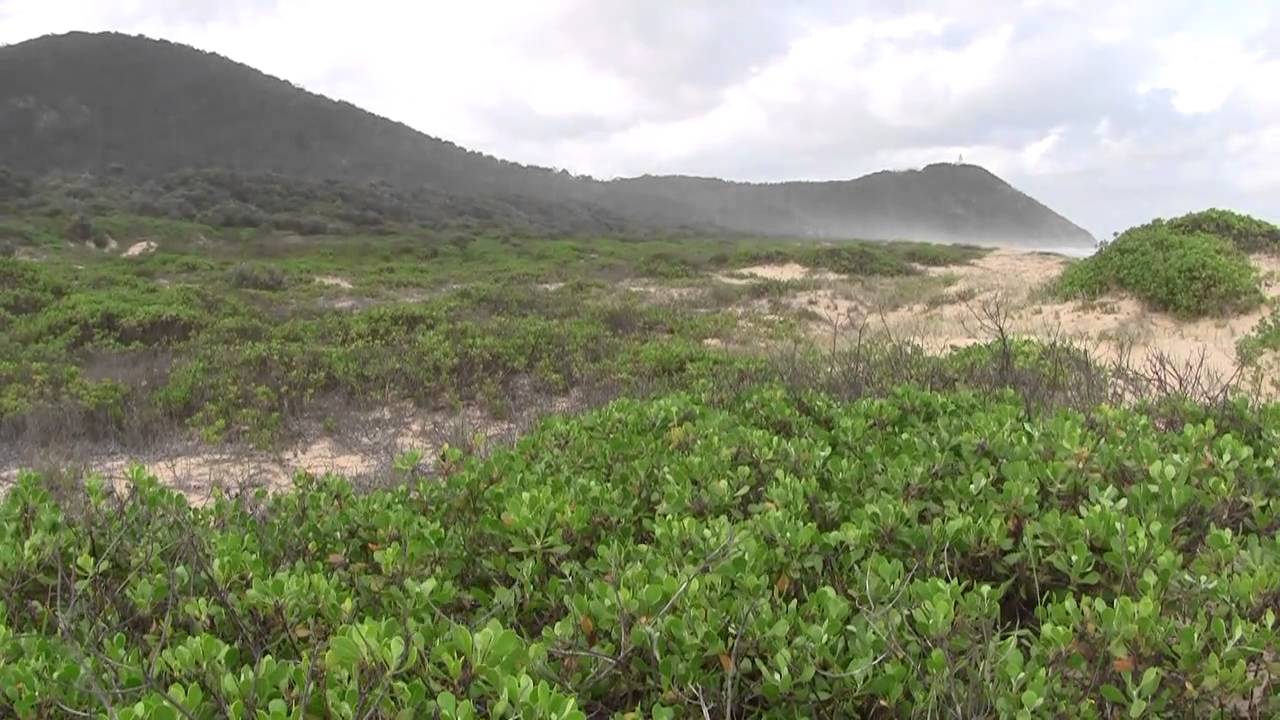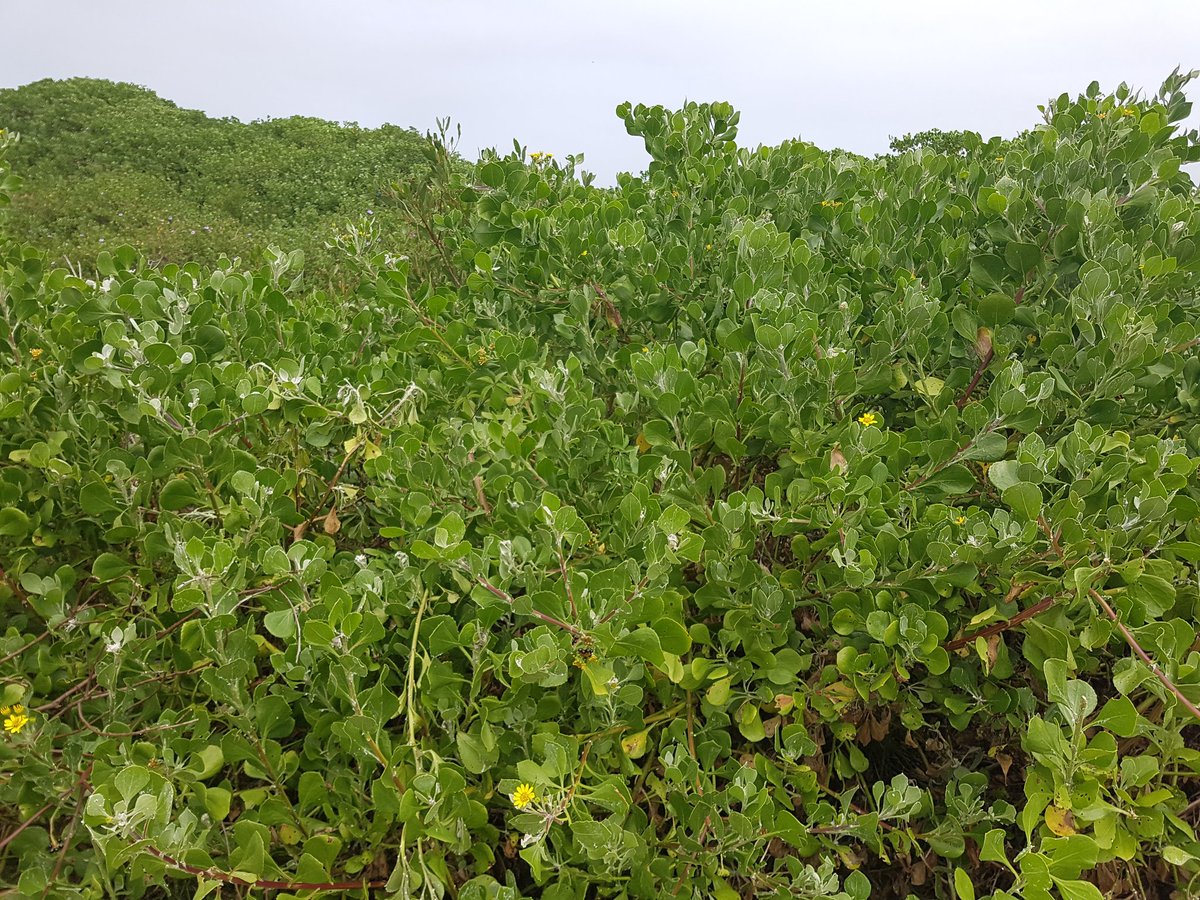Australia Vegetation Management
Apr 19, 2018 . 1 min read


Multiple vegetation control techniques must be mastered for Australia’s invasive vegetation and land management practices.
INVASIVE PLANT SPECIES
In addition to managing native plant species, Australia currently deals with some unique and challenging invasive plant species, which require diverse techniques to effectively manage. A small sample of these invasive species are listed below:
Bitou Bush – Native to South Africa, it was widely planted to stabilize mined sand dunes. Unfortunately, the species is a highly competitive weed that smothers native plant species and destroys natural habitat and food sources for native animals. It is now estimated to have infested about 80% of the NSW Australian coastline, extending around 10km inland in some areas.
Camphor Laurel – Native to China and Asia, it is a very tall tree growing up to heights of 30 meters. Camphor Laurel is a very hardy and adaptable species, and can grow in many diverse environments.
.jpg?width=3264&height=2448&name=Camphor_Laurel_leaf_(5057099352).jpg)

Dwarf Umbrella Tree – Native to Taiwan, this species possesses the ability to overtake host trees, and is able to reach heights over 20 meters. Because of its prolific fruit production and ability to begin life as an epiphyte, this tree is a serious threat to native species in rainforests.

VEGETATION CONTROL TECHNIQUES
Land management practices include multiple techniques to manage various plant species, and must be tailored to the most effective techniques for that particular plant species. Some common vegetative control techniques:
- Land clearing and large-scale removals utilizing various heavy equipment (excavators, mulchers & stump grinders, etc.)
- Fire mitigation to reduce bushfire hazards using strategic burns and machinery to minimize vegetation understory.
- Herbicide application strategies and practices to augment and increase the effectiveness of physical removal of invasive plant species.
- Specialized vegetation control solutions and machinery for woody weed control, roadside maintenance, forestry services, etc.
BEST VEGETATION CONTROL PRACTICES
The best vegetation control practices and techniques for managing both native and invasive plant species, both in terms of cost-effectiveness and value, as well as being environmentally and ecologically friendly.
- Mowing programs undertaken multiple times a year to control the growth of vegetation.
- Replanting native plant species in balance with land clearing and vegetation removal.
- Utilizing specialized vegetation clearing machinery specifically designed for quick and efficient vegetation removal.
| Skid-Steer Rotary Mower |
Skid-Steer Forestry Mulcher |




